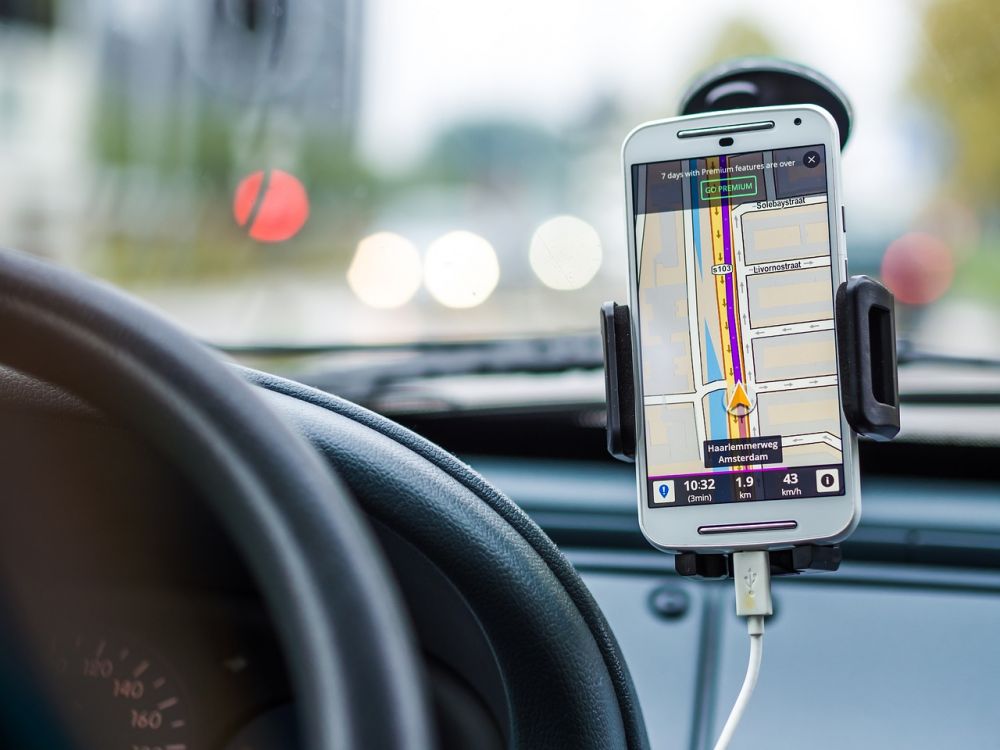Energi App - Revolutionizing Energy Management for a Sustainable Future

Introduction:
In today’s fast-paced world, the increasing demand for energy and the urgency to tackle climate change have sparked a new wave of innovation in the form of energy apps. These cutting-edge applications aim to empower individuals and businesses to take control of their energy consumption, reduce costs, and contribute to a greener world. In this comprehensive article, we will delve into the world of energy apps, exploring their significance, historical evolution, and their potential to shape a sustainable future.
I. Understanding Energy Apps

A. Energy Management Made Easy: An Overview
1. Detailed Energy Consumption Insights: With an energy app, users gain real-time visibility into their energy usage, presenting data in a user-friendly manner through intuitive charts and graphs. This knowledge allows individuals and businesses to identify areas of inefficiency and make informed decisions to optimize energy consumption.
2. Smart Connectivity: Energy apps leverage IoT (Internet of Things) technology that enables seamless integration with smart meters, appliances, and other energy monitoring devices. This connectivity facilitates remote control and monitoring, empowering users to efficiently manage their energy usage from anywhere.
3. Energy Conservation and Cost Saving: Energy apps encourage users to adopt sustainable practices by offering personalized recommendations or automatic adjustments for reducing energy consumption. This translates into significant cost savings while promoting environmental responsibility.
B. Key Features and Functionalities
1. Energy Usage Tracking: Users can monitor their energy usage on a daily, weekly, or monthly basis, enabling them to assess their consumption patterns and identify energy-intensive activities.
2. Energy Efficiency Analysis: Through sophisticated algorithms, energy apps analyze users’ consumption data to provide customized insights and recommendations for reducing energy waste and optimizing energy efficiency.
3. Goal Setting and Achievements: Energy apps allow users to set energy-saving goals and track their progress towards achieving them. This gamification aspect motivates individuals to adopt sustainable habits and promotes a sense of accomplishment.
II. Historical Evolution of Energy Apps
A. Early Beginnings: The Emergence of Energy Monitoring Tools
1. Pre-Digital Era: Initial attempts to track energy consumption were manual, involving tedious note-taking and calculations. The first wave of energy monitoring tools emerged in the form of basic software programs installed on computers, enabling users to input energy data and view simple reports.
2. Rise of Mobile Apps: With the advent of smartphones, energy apps became more accessible and user-friendly. Users could now conveniently monitor their energy usage on the go, leveraging advancements in mobile technology and connectivity.
B. The Smart Revolution: Integration and Automation
1. IoT and Smart Meters: The proliferation of smart meters allowed energy apps to tap into real-time data, enabling users to track their consumption with greater accuracy. These apps started utilizing IoT connectivity to offer advanced features, such as remote control of appliances and predictive energy usage analysis.
2. Energy Communities and Social Integration: Energy apps began incorporating social features, allowing users to compare their energy usage with peers, share tips, and participate in challenges. This dynamic community engagement fostered a sense of collective responsibility in the pursuit of energy conservation.
III. Energy App as a Featured Snippet on Google
To optimize the chances of a featured snippet on Google search results, the text should be structured as follows:
A. Clear and Informative Headings: Effective use of and H2 tags to highlight the main points and subtopics.
B. Utilize Bulleted Lists: Present key information or benefits in bulleted format, ensuring easy scannability for users and search engines.
IV.
To provide an engaging multimedia experience for readers, we recommend placing a video here that demonstrates the features and benefits of an energy app. This video can showcase the app’s interface, energy monitoring capabilities, and user testimonials, enticing tech enthusiasts to explore the app further.
Conclusion:
As the world grapples with the challenges of climate change and the need for sustainable energy practices, energy apps have emerged as powerful tools to drive behavior change and empower individuals in making a positive environmental impact. With their ability to offer real-time insights, encourage energy conservation, and promote cost savings, these apps have the potential to revolutionize energy management. By harnessing the power of digital technology and IoT connectivity, energy apps are paving the way towards a sustainable future for our planet.





